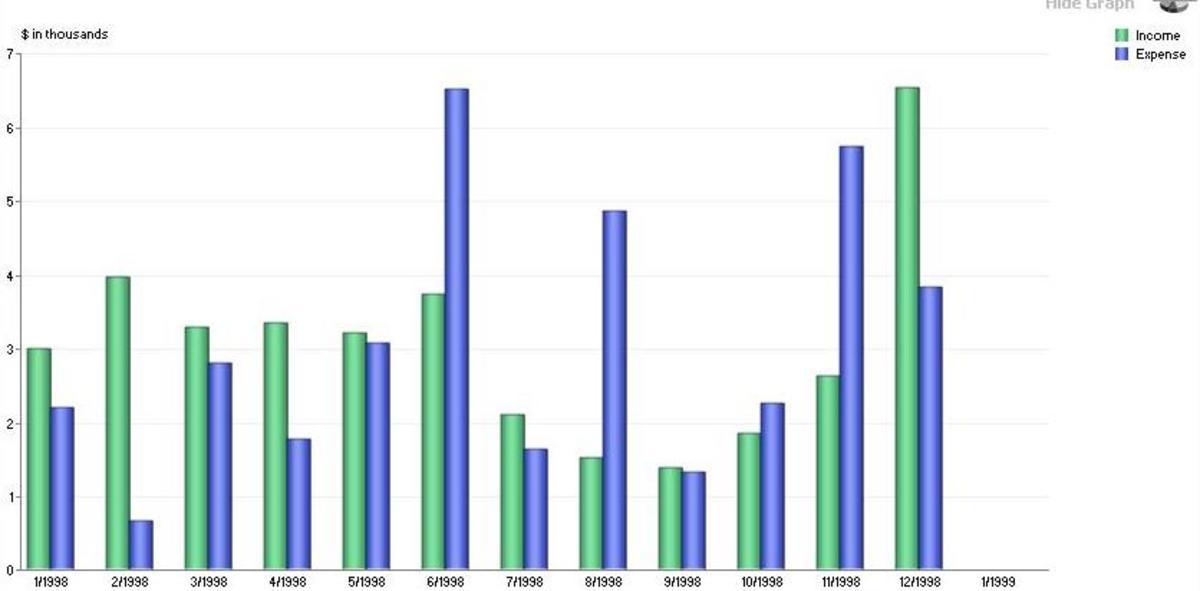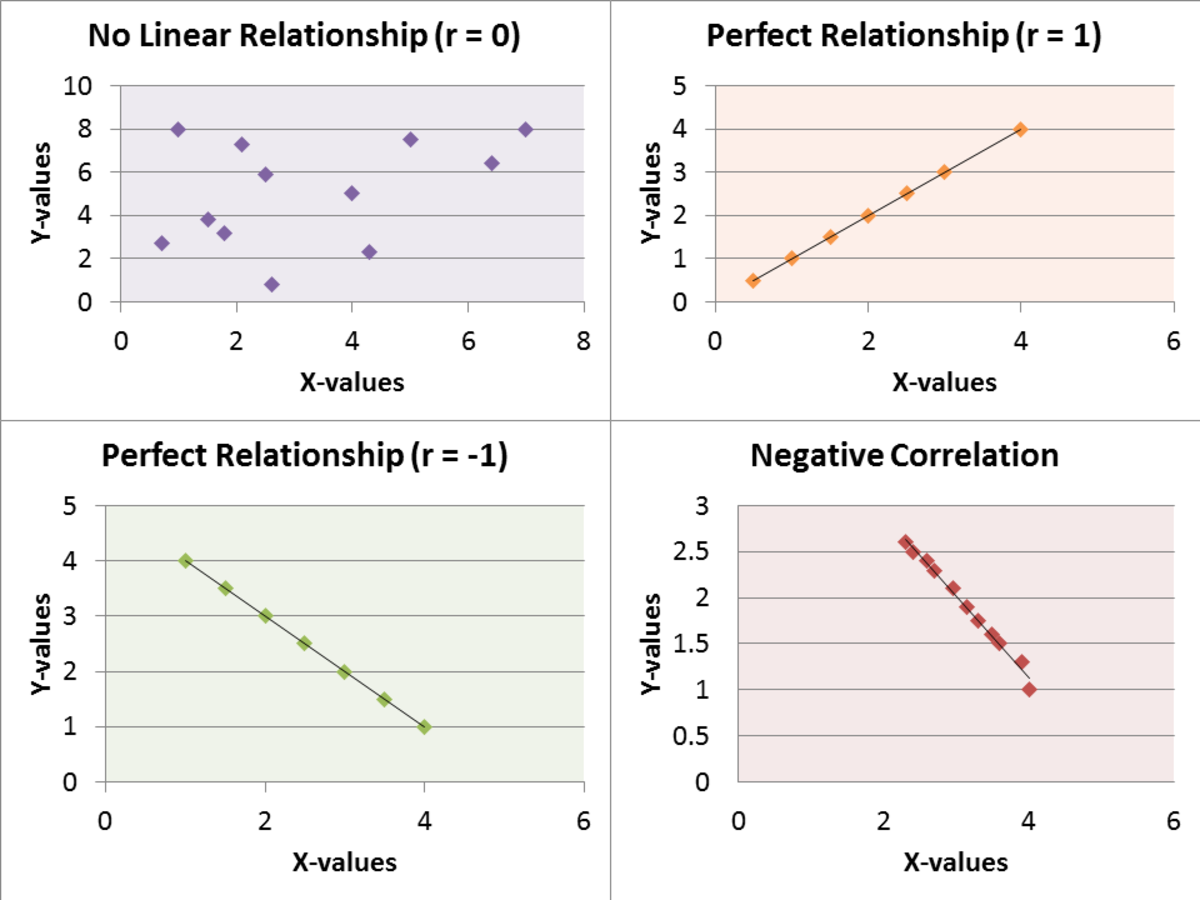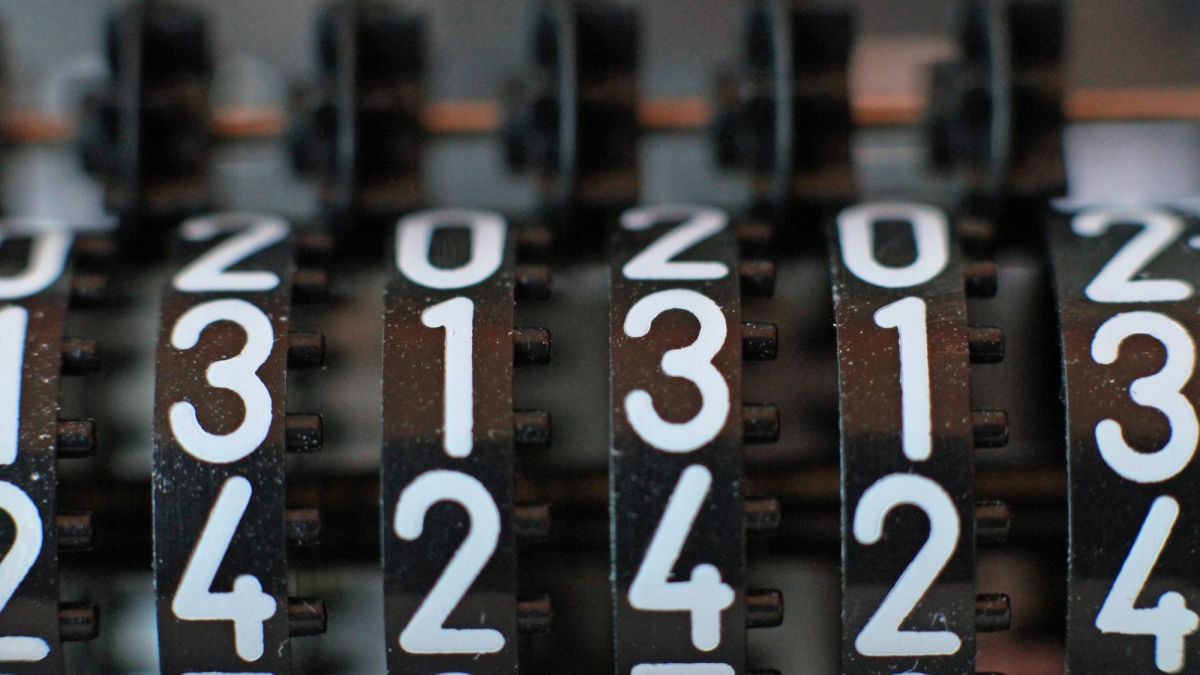Qualitative Data
What Is Qualitative Data?
Qualitative data is data that is subjective in some way, measuring a quality that isn't directly measured. Qualitative data is not numerical unless people create ways to assign a number to it. In contrast, quantitative data is numerical, whether it is in dollars, kilos or cubic meters.
Qualitative data encompasses information like customer opinions, physical attributes and personal classifications. Qualitative data may be gathered through surveys, interviews or observation.
A common form of qualitative data is ratings for businesses or organizations. Someone’s opinion of a business is a quality, not a quantity, and a rating of its quality is a form of qualitative data. Scoring beauty contestants or judging science fair projects on a scale of one to ten are other forms of qualitative data.

Qualitative Data Analysis
Qualitative data analysis may performed using analytic induction, narrative analysis, grounded theory or via coding.
Narrative analysis is a form of qualitative analysis, but this method is generally used in business management, not statistics. In analytic induction, a hypothesis is created to explain the data. The hypothesis is refined until there are no cases within the data set that are not explained by the hypothesis. In short, the explanation evolves until all test cases in the data set are explained.
In grounded theory, data collection occurs in an effort to test a theory. The theory evolves along with iterative or repeated data collections. In analytic induction, only the theory changes to fit the original data set. In grounded theory, new data sets over time or in different conditions are gathered. This helps the theory become more refined and robust.
Coding is one method of analyzing qualitative data. A condition is selected, such as "voting" or "parent", and then a code is assigned to this value. In the case of voters, the code could be R for Republicans, D for Democrats, L for Libertarians and I for independents without a party affiliation while U is used for undecided. For parents, a "Yes" or "No" is used. When the data is analyzed as a variable, the standard practice is to assign a "1" to the yes value and zero with the no value. This results in the "no" variable being cancelled out in multi-variable analysis, helping researchers determine the impact of that variable on the others.

Uses of Qualitative Data
Assigning codes to qualitative data allows statisticians to determine the impact of a qualitative variable on the values found for the other variables. If a yes/no variable is used to identify parents, then a data set can be analyzed to determine the impact on lifetime wages if one has children, relative to age, income, years worked and educational attainment. In cases of male and female, male may be assigned a 1 and female a 2 to give emphasis on the value to assist in the determination of gender on income.
Qualitative data analysis allows attributes like gender, race and self-classification to be taken into consideration and treated as a variable when large scale demographic studies are done.
Coding allows subjective criteria like mood and opinions to be measured. A one to five or one to ten scale is used to measure someone's emotions toward a brand or business. This turns a qualitative variable, the customer's opinion, into a number that can be analyzed by marketing or sales. Coding can be used in conjunction with narrative analysis; an entire sentence describing one's opinion is assigned a number based on the high or low opinion that sentence conveys. The narrative and the opinion within it are converted to coded data for analysis, such as breaking down the favorable/unfavorable views of a population based on their demographics.
Narrative analysis can also be used to tease out variables for quantitative and qualitative analysis. Open ended questions such as "What did you enjoy about your visit?" or "What could be improved?" yield narrative answers. Repeated responses such as "the room was dirty" or "medication errors made me ill" can be winnowed down to specific concerns like "cleanliness" and "quality of medical services".
These variables can be used in a subsequent customer survey stating, "Please rate our business on the following factors: cleanliness, courtesy, assistance received from staff, quality of medical services, and check out service". The ratings given for these qualitative factors yield a quantity or numeric score by which the business can measure its ongoing performance in these categories.

Qualitative and Quantitative Data
Qualitative data will yield the same answers if the same data set is used. Qualitative data is more flexible, but the answers and values it yields will vary depending on the wording of questionnaires and the values assigned to variables. For example, the question "did you like the service - yes or no" could yield the answer of 70% no and 30% yes, with a score of 30 out of 100 or 0.3. The "no" vote equals a zero and the "yes" vote equals one when coded.
When the same customers are asked to rate the business on a scale of 1 to 10, people who initially answered "no" could give it a middling score of 4 while those who like it give it a 6. Averaged and rated on a score of 10, where 10 out of 10 is 1.0, the new average rating for many sixes becomes 0.46. The average score for the facility rose because the consumers gain more flexibility in their answers. The opinions didn't change, only the method of classifying the qualitative data.
Qualitative and quantitative data can be interrelated. The data field "is this person over 18" is a yes/no value. The data of one's birth is a quantitative answer. The qualitative value is related to the quantitative value. And the qualitative value will change over time, as the individuals in the database age and pass their 18th birthdays. The date of one's birth is quantitative. The question as to whether one is an adult depends on today's date and the age at which they are considered an adult.
The pass-fail judgment for a manufactured product is based on quantitative values such as the diameter of a piston and whether its dimensions fall within an acceptable range. However. the pass-fail criteria may also depend on surface finish or how even the paint job is a qualitative judgment, despite ISO standards attempting to create qualitative criteria for these features. The number of products that pass inspection is quantitative; whether this is good or bad is qualitative.
Qualitative data also changes along with the political and social norms of the population. For example, the rise in the number of people self-identifying in the United States Census as Native American is rising far faster than the demographic rise in the population. In the 2000 Census, 1.4 million identified themselves as part Native American, greatly increasing that group’s representation in the Census, many of who previously identified only as Caucasian/White.
Qualitative data helps researchers explore phenomena, while quantitative data is used to confirm hypothesis about phenomena. Qualitative data is gathered using very structured methods such as experiments, surveys and direct observation. Qualitative data is gathered through in depth interviews or observation. You can collect numeric representations for subjective information; simply be aware of the fact that these values aren't as absolute as values determined via a measuring stick or laser level.
Qualitative data resulting from observation can change based on the observer's opinion, whereas qualitative data does not. For example, quantitative data such as the number of people in a room should be the same regardless of the number of observers watching them through a window. The rating on a scale of one to five of the group's overall mood may vary from observer to observer or even change if the observer leaves and returns in a different emotional state himself. There are methods of validating qualitative data to prevent a single person's bias from rendering qualitative data unusable.
Qualitative Data Validation
Qualitative data validity can be determined in three different ways.
The first method of validating qualitative data is descriptive. Multiple observers interpret the data and review it. One biased observer may over-rate the crowd's mood at a political rally, but using multiple observers reduces the possible bias.
Interpretative validation is done during interviews or shortly afterward. Participants in surveys or narrative gathering are asked for feedback and their opinion is verified.
A third type of validation for qualitative data is theoretical. The data set is the same, but other researchers are asked to create alternative explanations for the data set or develop explanations for outliers. If different researchers come up with similar explanations for the qualitative data set, it is considered valid.








